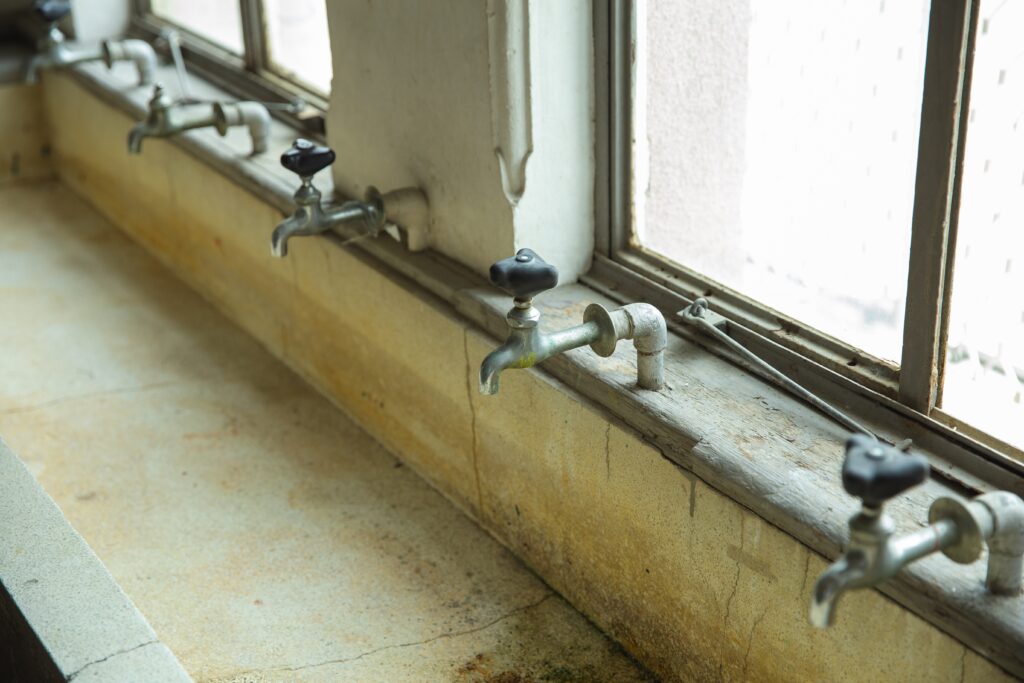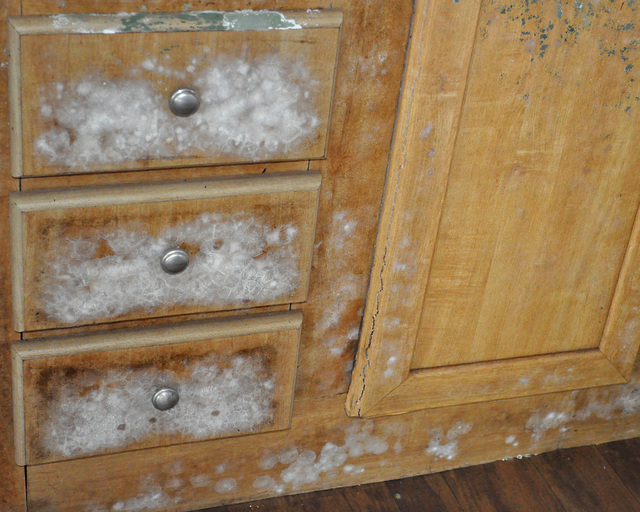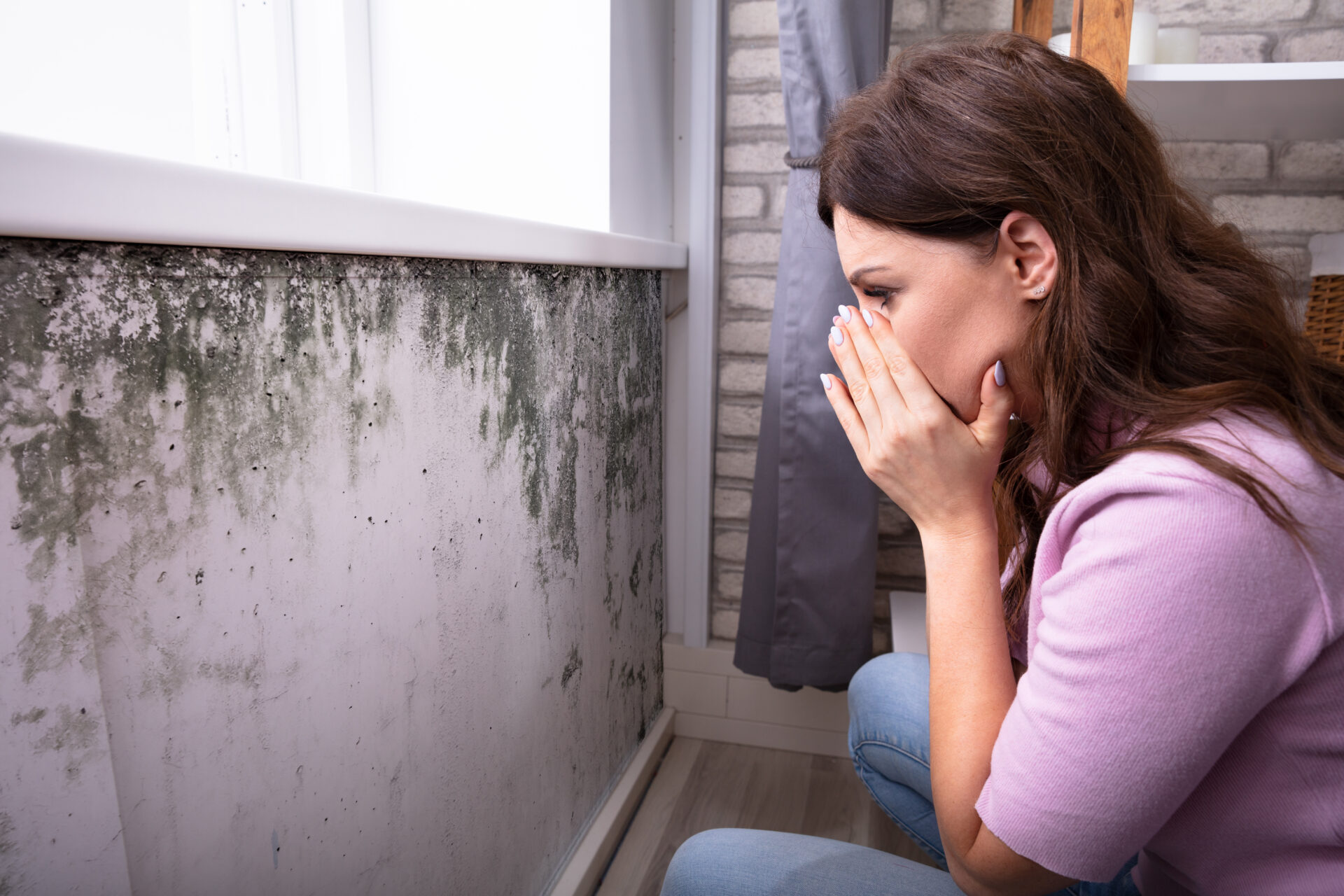In Australia, the fight against mold is an ongoing battle as we live in high humidity seasons throughout the year. Mould is a consequence of high humidity in any enclosed place, and a self storage unit is no exception, which is why we must consider the possibility of mold occurring when we are settling up a packing space to be stored for long periods of time. Unfortunately, it’s near impossible to get rid of all mould due to the spores circulating in the air but this post will identify ways to kill or prevent the exposing before it starts.
What is mould?
The Ministry of Health explains that mould is a very common group of organisms that can grow both indoor and outdoor. The fungal growth likes to grow on wet materials and in dark areas, such as the grime in the bathroom, wallpaper or in the ceiling corners. Airbourne mould particles can be harmful to humans and animals if exposed for prolonged.
What causes mould to grow?
Mould can grow anywhere that lacks adequate ventilation and flourishes in environments between 5 and 37 degrees and can surface between 24 and 48 hours. The key is to control the moisture that surrounds the space so if mould is a problem, then every surface needs to be cleaned and any water/ moisture establishment needs to be fixed as soon as possible or the risks will only expand. It is very important to dry any damp or water damaged areas and items within 24 hours to prevent mould growth and more damage to the belongings.
How to remove mould before using Smartbox
Smartbox offers numerous benefits, including the ability to free up space in your home and even rotate furniture seasonally so to ensure the best storage experience, it’s important to take a proactive approach and remove mould from surfaces before placing them into long-term self storage. If you come across heavily infested items that are beyond repair, it’s best to dispose of them. For non-porous items, simply create a solution of vinegar or detergent and water to give them a thorough cleaning. Allow them to dry completely, eliminating any potential odours. For fabrics and upholstery, treat them with a mould-killing solution and give them ample time to dry. When storing, consider using sealed containers and moisture absorbers for added protection. While the Smartbox staff maintains high standards and regularly monitors all storage units, it’s a good idea, if possible, to schedule an inspection halfway through the duration to catch any issues that may arise. By taking these steps, you can enjoy a mould-free, worry-free storage experience with Smartbox.

Photo by Ryutaro Tsukata
How to remove mould from the bathroom
The most commonly effected area for mould in a house is the bathroom, because steamy showers linger lots of moisture. Bathroom tiles near the shower and grouting are usually the first suspects to mould because of this too. Diluted bleach (250ml of bleach into 4 litres of water), general supermarket mould killer and even distilled white vinegar (four parts vinegar to one part water) can help get rid of the most common mould problems. Remove any affected items from the area and either throw them away or wipe them down with the diluted liquid to kill any bacteria. Allow the items to dry completely before adding them back to the bathroom. To prevent mould in the future, always use a fan or open the window when showering to improve ventilation.
How to remove mould from walls
Mould loves
to develop on walls nearest the ceiling or windows so keep an eye out for any
leaks or cracks that may be letting in moisture and get them fixed as soon as
possible. A mould killer spray bottle can be bought from supermarkets to help
kill any lingering spots on the wall, or use a bucket filled with diluted
bleach. Make sure to rinse and dry the spots, to avoid any marks or mould resurfacing.
How to remove mould from clothes
Mould on clothing is an extreme health hazard and should be removed immediately. Small black or white spots can grow on fabric and materials if you leave your clothes with wet laundry or in the washing machine for too long. First, check the labels on the clothes to make sure they are suitable to be intensely cleaned. If hand washing only or delicate fabric is written on the tag, it may need to be trashed. The best option is bleach, but if you don’t dilute the bleach, it may leave yellow stains. Use a hot washing cycle of at least 60 degrees Celsius to kill any bacteria and an optional cup of vinegar can be added for extra effect. Once the washing machine cycle is finished, dry the clothes in the sun as a free option of dryer, as the sun also helps kill any mould or bacteria. Worst case if you don’t want to throw away your clothes, and you don’t mind the expense, you can take it to the dry cleaners and explain the mould situation to them.

Photo by Marilee Caliendo
How to remove mould from wood and furniture
It’s always
scary to see your favourite coffee table suddenly develop mould but there is a fix.
Firstly, vacuum the surface of the wood to suck away any loose mould spores.
Next, you can use some mould cleaner and a damp towel to wipe away any unwanted
specks, but it is always wise to spray a small, hidden spot first to make sure
no chemical reactions will happen on the wood. Vinegar can also be used if you
want something less chemical smelling. Wipe it with water afterwards to clean
it and then leave it to dry. Check within 24 hours to make sure the wood is
dry, or use a paper towel to absorb any moisture left. Before sending furniture
to a storage unit, make sure to clean and dry all surfaces for extra protection
and prevention.
Can you remove mould naturally?
Mould is a
nightmare and chemicals are usually the strongest way to eliminating the fungal
growth, but if you’re stubborn to use only natural products it may take more
strength, but the ending result should be the same. The best mixture to use is
2 parts white vinegar and 1 part water and pour into a spray bottle. Use this
spray on the mould growth and let it soak in for at least an hour. Repeat if necessary
but as always, check that the surfaces are completely dry before storing away.
To permanently remove and prevent moisture, it is essential to reduce its build-up in your home or storage unit. Ensure that there are no growing particles by regularly cleaning surfaces with wipes. Although SmartBox’s staff makes every effort to prevent moisture or mould, it is still advisable to check on your items every few months. You can easily book an appointment with Smartbox for free and at your convenience.


